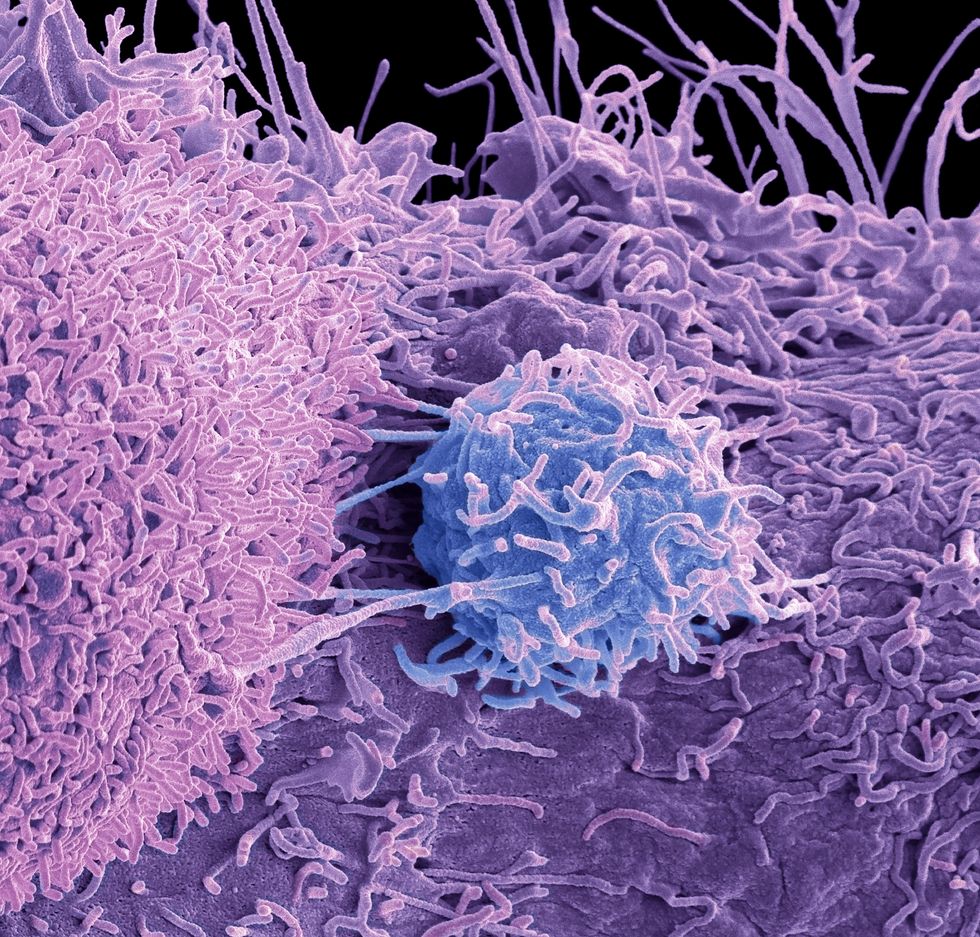Surgeon shares early prostate cancer sign that 'triggers diagnosis for most men'

Early detection of the disease offers the best chances of survival
Don't Miss
Most Read
Britons have been warned about the signs of prostate cancer that lead to diagnosis in most men, following the announcement that former US President Joe Biden has been diagnosed with a 'more aggressive' form of the disease.
While prostate cancer affects thousands of men across the UK each year, the majority of cases are caught before it has spread.
Consultant Urological and Robotic Surgeon at Barts Health and UCLH NHS Trusts, Ben Lamb, noted that about four-fifths of prostate cancer cases in Britain are diagnosed before reaching the metastatic stage.
However, significant regional variations exist in late-stage diagnoses; while Scotland shows the highest rates of metastatic disease at diagnosis, London and the southeast of England report the lowest.

Diagnosis for most men is triggered by urinary symptoms
|GETTY
Dr Lamb shared: "Diagnosis for most men is triggered by urinary symptoms, causing them to seek help from their GP.
"In later-stage disease, some men may have symptoms from metastatic disease, such as fatigue, bone pain or weight loss.
"Lymph node spread can cause blockage of the kidneys with renal failure and less swelling.
"If the prostate tumour is large, it can cause bladder symptoms, though in men in general, these are from benign enlargement of the prostate as men age."
The diagnostic process involves PSA tests conducted by GPs who subsequently refer patients to hospital care if elevated levels are detected.
Many men undergo an MRI scan during the process, with a biopsy recommended in certain cases.
"Some men, particularly those with suspicion of metastatic disease, may need other scans such as bone scan, ST scan or PET scan to stage the disease," explained Dr Lamb.
The additional scans will guide the clinicians in determining whether the disease has spread beyond the prostate, which will inform the appropriate treatment.
Understanding how prostate cancer is graded is also essential for patients.
LATEST DEVELOPMENTS

Metastatic prostate cancer is primarily treated using hormone therapy
|GETTY
Dr Lamb noted that the traditional Gleason score, ranging from six to 10, is linked to the "aggressiveness" of the cancer and the patient's risk of dying from it.
There has been a recent shift to the ISUP grade group scoring system in the medical community, and this uses a simple 1-5 scale. A Gleason score of nine, for example, translates to an ISUP grade group five.
How is the disease treated?
Metastatic prostate cancer is primarily treated using hormone therapy. Dr Lamb noted that this works "by blocking testosterone production and action," which will effectively treat the disease but not cure it.
Modern hormone drugs (ARTAs) are administered alongside traditional treatments to prolong survival, with chemotherapy also an option.










